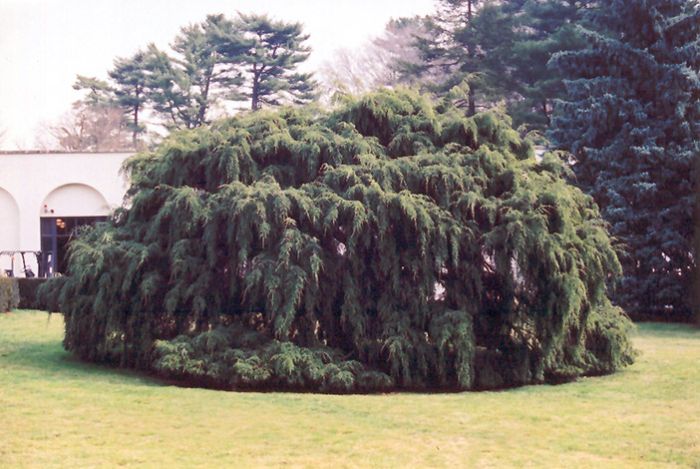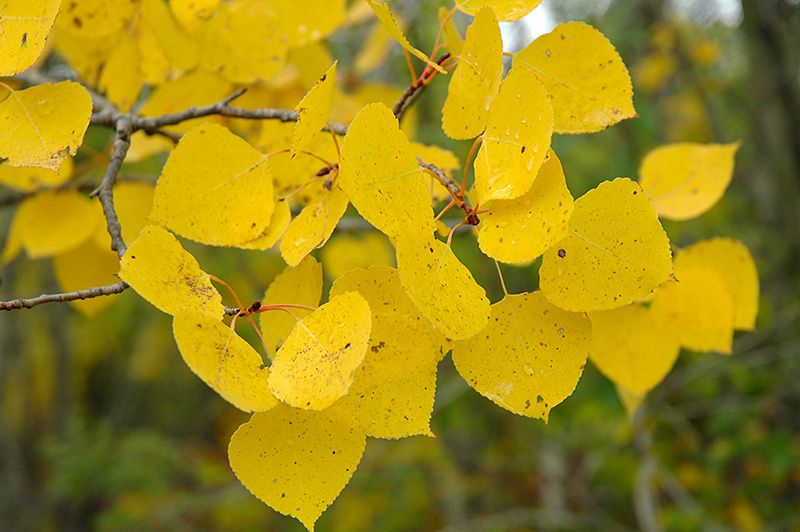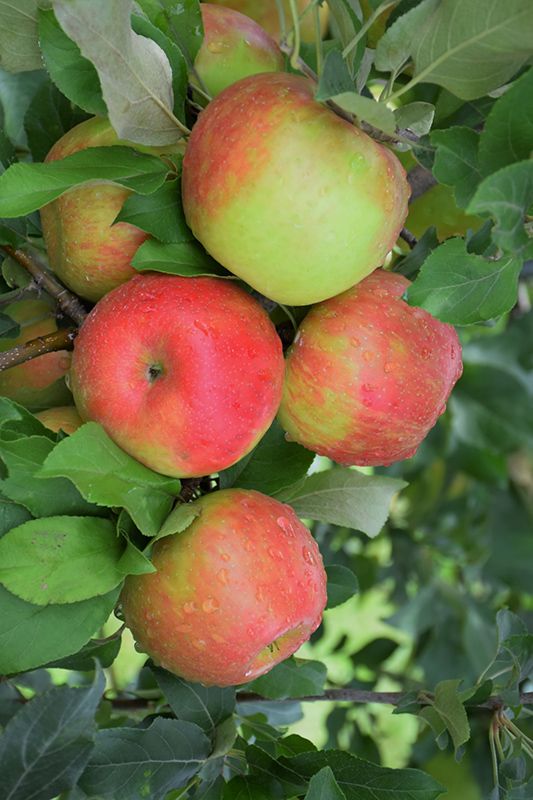Tsuga, Canadian Hemlock 'Weeping'



Out of stock
Coming soon, still growing- Sun Preference
- Part-Sun, No-Sun
Description
Beautiful weeping conifer with small green needles and many layered branches. Avoid intense winter sun.
Minnesota's Largest Selection of Trees
At Minnesota's Destination Garden Center, we offer a diverse range of trees to suit any landscaping need. Whether you're looking for shade trees to cool your home or ornamental trees to add beauty and interest, you'll find the perfect tree at Gertens. Our knowledgeable staff can help you select the right tree for your space and provide tips for care and maintenance. Visit Gertens today and explore the unmatched variety of trees to enhance your outdoor environment!
Details
Weeping Canadian Hemlock | Tsuga canadensis 'Pendula'
Height: 5 feet
Spread: 10 feet
Sunlight: Full Sun to Full Shade
Hardiness Zone: 4a
Other Names: Canadian Hemlock, Eastern Hemlockv
Description:
A fine evergreen shrub, tall growing and wide spreading with gracefully pendulous branches and fine textured foliage, an unforgettable sight; best used as a solitary specimen; needs organic, acidic soil, adequate moisture and shelter from drying winds
Ornamental Features
Weeping Canadian Hemlock is a dwarf conifer which is primarily valued in the landscape or garden for its highly ornamental weeping form. It has dark green evergreen foliage which emerges light green in spring. The needles remain dark green throughout the winter.
Landscape Attributes
Weeping Canadian Hemlock is a multi-stemmed evergreen shrub with a rounded form and gracefully weeping branches. It lends an extremely fine and delicate texture to the landscape composition which can make it a great accent feature on this basis alone.
This shrub will require occasional maintenance and upkeep, and is best pruned in late winter once the threat of extreme cold has passed. Gardeners should be aware of the following characteristic(s) that may warrant special consideration;
- Insects
Weeping Canadian Hemlock is recommended for the following landscape applications;
- Accent
- General Garden Use
Planting & Growing
Weeping Canadian Hemlock will grow to be about 5 feet tall at maturity, with a spread of 10 feet. It has a low canopy with a typical clearance of 1 foot from the ground, and is suitable for planting under power lines. It grows at a slow rate, and under ideal conditions can be expected to live for 50 years or more.
This shrub performs well in both full sun and full shade. It does best in average to evenly moist conditions, but will not tolerate standing water. It is not particular as to soil type, but has a definite preference for acidic soils. It is quite intolerant of urban pollution, therefore inner city or urban streetside plantings are best avoided, and will benefit from being planted in a relatively sheltered location. Consider applying a thick mulch around the root zone in winter to protect it in exposed locations or colder microclimates. This is a selection of a native North American species.
More Information
| Gerten Grown Plants | Gerten Grown Plants |
|---|---|
| Tree Type | Evergreen |
| Sun Preference | Part-Sun, No-Sun |
| Mature Height (Range) | 2 - 5 feet |
| USDA Hardiness Zone | 4, 5, 6, 7, 8 |
| Common Family Name | Hemlock |


